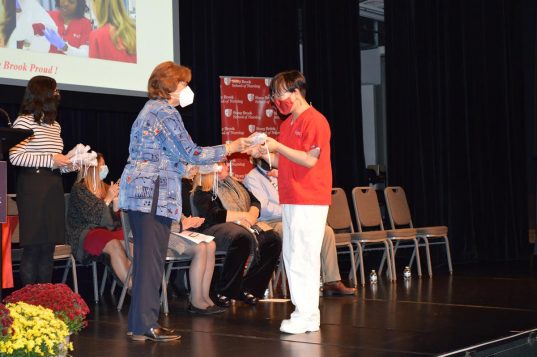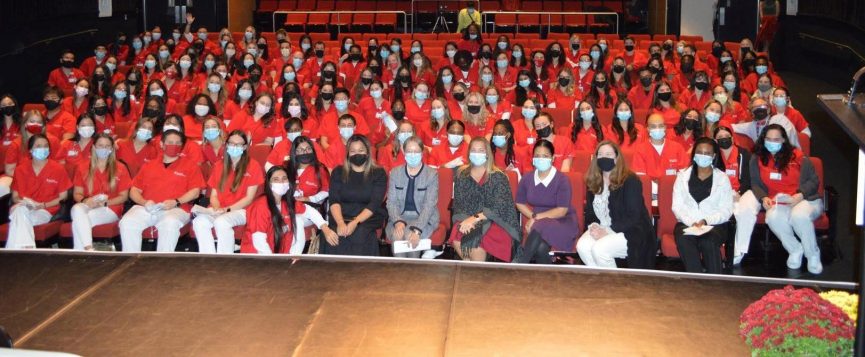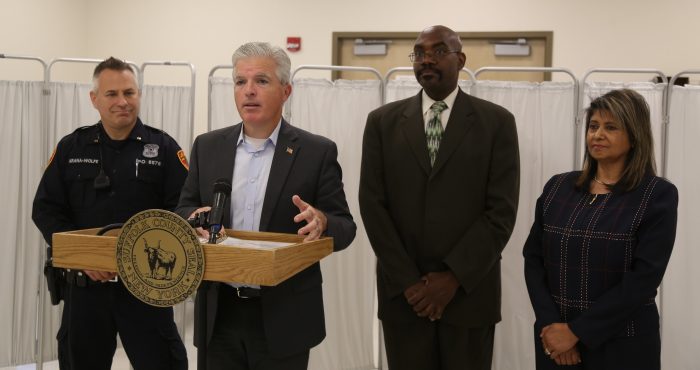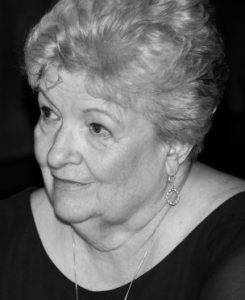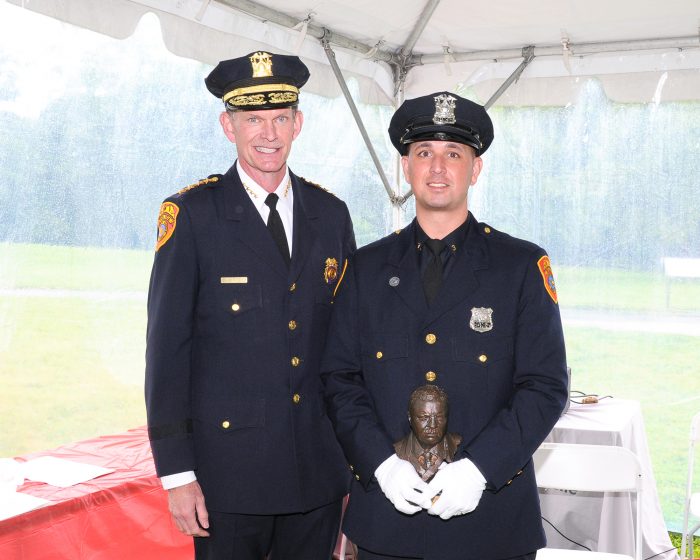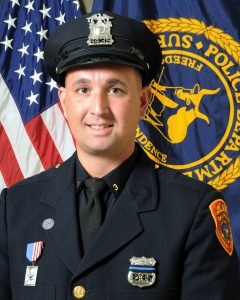By Daniel Dunaief

Have you ever watched someone who was cheering for their team at a sporting event?
Aside from the potential enormous and mindless consumption of calories in the form of hot dogs, chips and beverages, superfans scream at the players, tilt their heads when they want a ball to move in a particular direction, or beg a higher power to help their player outperform people on the other team whose fans are pleading for the opposite outcome.
As fans, we have little control over the result of a game, especially if we’re watching it on television. Sure, home field advantage likely helps some teams and players, as fans urging their favorites on, standing and shouting at the tops of their lungs could inspire athletes to raise their level of play.
But, really, all of that pleading, begging and cheering into the ether or at the blinking lights on our screens gives us the illusion of control, as if we have some way to influence games.
We generally don’t accept or give up control because we like to think that, somewhere, somehow, our wishes, goals and desires mean something to a deity, a guardian angel, or a fairy godmother. To be human is to hope to control the uncontrollable.
Give me the inspiration to pick the right lotto numbers, please! Let me ride the subway with my future spouse. Keep me from hitting the curb on my driver’s test!
Millions of Americans sit each night with a remote control in their hands, surfing channels, changing the volume and traveling, without getting up from the couch, from a program about ospreys to a fictional story about a female secretary of state who becomes an embattled president. We sometimes revel in the excitement that comes at the point that teeters between control and a lack of control. When we’re young, we ride a bike with both hands. At some point, we take one hand off the bike. Eventually, we learn to balance the bike with no hands, as we glide down the street with our hands on our hips or across our chest.
In our entertainment, we imagine people who have higher levels of control, like wizards with wands or superheroes who use the force to move objects.
When we become parents, we realize the unbelievable joy and fear that comes from trying to control/ help/ protect and direct the uncontrollable.
When our children are in their infancy, we might determine where they go and what they wear, but we generally can’t control the noises they make, even by finding and replacing their pacifiers. These noises are their way of preparing us for the limited control we have as they age.
They make numerous choices, some of which we feel might not be in their longer term best interest. We can see the bigger picture, which can be as simple as recognizing that taking eight classes while working part time at night and joining the marching band is likely creating an unsustainable schedule. We know how important the basics — sleeping, eating, exercising — are to their lives, even if they make impulse driven choices.
One of the hardest parts of parenting may be knowing when to give them the space and opportunity to make decisions for themselves and to encourage them to learn from their choices.
Parents are lifetime fans of their children, supporting and encouraging them, leaning to the left to keep a ball in play, to the right to keep it out of a goal, or higher when we want their voices to hit the highest notes in their range during a performance of “West Side Story.”
It’s no wonder so many parents are exhausted and exhilarated after a big moment in their children’s lives: we might not have done anything but sit in a seat and clap our hands, but we tried, from a distance and in our own way, to control the uncontrollable.






